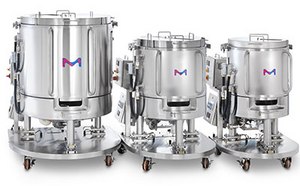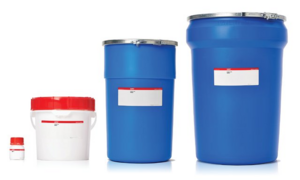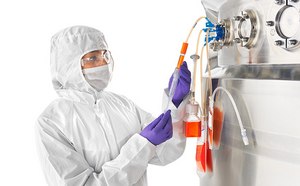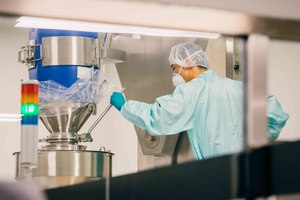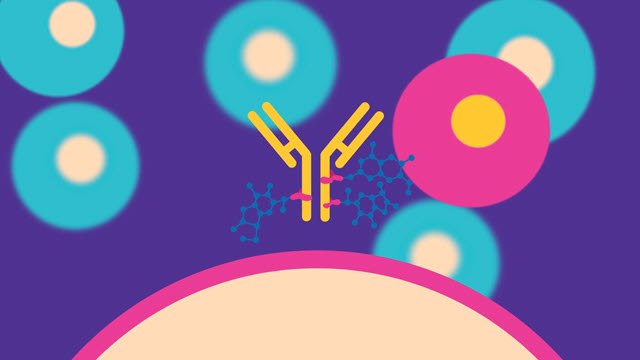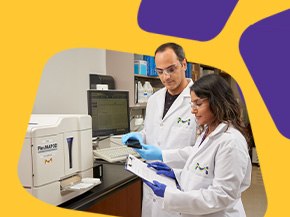ADC 制造:共轭
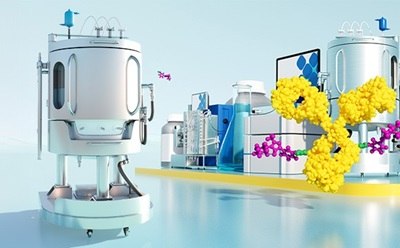
特色类别
我们根据 GMP 指南生产的各种缓冲材料组合包括专门用于药物制剂和生产(包括高风险应用)的辅料。无论您的产品是小分子还是大分子药物,我们都能提供高质量的缓冲剂和 pH 值调节剂,并提供法规支持。
开发
候选 ADC 的初步开发包括以下要素:
- 抗体,可以是 mAb、双特异性抗体 (BsAb)、抗原结合片段 (Fab) 或其他形式。
- 各种连接剂,帮助保持 ADC 的稳定性,提供所需的释放动力学,并防止有效载荷在给患者用药后流失。
- 不同类别的有效载荷,包括小分子、蛋白质毒素、生物活性肽、酶和放射性核素。
- 需要多种 ADC 增溶剂,以实现较高的药物抗体比 (DAR)、更宽的治疗指数和更好的药效。
高效的共轭步骤和多种 ADC 候选药物的产生对于满足开发时限和确定进入临床前和临床开发的首选方案至关重要。
从开发的最初阶段开始,ADC 生产的设计就应考虑到可扩展性。选择适当的技术和设备,使其能够轻松地从工作台扩展到大规模生产,这将有助于向临床和商业规模的 GMP 生产过渡。同样,从一开始就应将封闭性作为首要重点,因为需要封闭高细胞毒性 HPAPI,以保护操作人员和生产环境免受潜在污染。
生产
在整个 ADC 开发和生产过程中,一次性使用技术可用于提高工艺灵活性并消除交叉污染风险。但是,在实施之前,必须确认任何一次性使用技术与 ADC 共轭过程中使用的有机溶剂在化学上是兼容的。必须考虑萃取物和浸出物(E&L)对 ADC 造成的风险,因为它们会改变药物产品的安全性、特性、强度、质量和纯度。
ADC 生产和大规模共轭过程中的其他注意事项包括:
- 确保原材料(包括 mAb 和连接料)的稳定供应和可靠的交付周期,以保持业务连续性并防止工艺中断。
- 通过使用坚固的防漏容器,提高成功共轭的可能性。
- 通过一致的混合、监测和控制关键工艺参数(包括温度和 pH 值),提高共轭效率和工艺稳健性。
- 在密闭策略和设备选择方面考虑人体工程学,以实现试剂的精确、安全添加,同时尽量减少可能影响 mAb 和 ADC 质量的滴漏现象。
了解我们为应对 ADC 共轭在整个开发和生产过程中的挑战而设计的解决方案:
- 用于生产和制剂的高品质化学品、基本原料和辅料,如缓冲剂、pH 调整剂、溶剂、表面活性剂和稳定剂。
- 一次性使用技术,包括 Mobius® ADC 反应器以及用于 TFF、色谱和无菌加工的一次性使用设备和耗材,可满足小型和大型工艺的不同下游需求。
- 实时监测和控制解决方案、采样系统以及先进的自动化和分析软件,将工艺控制提升到一个新的水平。
- 全面的合同生产服务,包括 mAbs、有效载荷、连接体、连接体-有效载荷中间体、生物共轭和 ADC 产品表征,以加快开发和生产进度。
相关文章
- Take advantage of strength and leak prevention in containers made from Ultimus® film. Leak free transportation in single-use bioprocessing bags.
- It is important to evaluate the compatibility of the single-use components of an equipment dedicated to conjugation such as the Mobius® ADC reactor.
- ADC payload intermediates such as, DOLCore ™, MAYCore ™, and PBDCore ™, simplify payload synthesis for the most commonly used payloads: maytansine, dolastatin, and PBD dimers.
- See the data on how the chito-oligosaccharide ChetoSensar™ overcomes ADC solubility challenges.
- ADC production relies on conjugation to link the cytotoxic payload to the mAb. Explore the benefits of a single-use reactor for efficient conjugation.
- 查看全部 (5)
查找更多文章和协议
我们能提供哪些帮助
如有任何问题,请提交客户支持请求
或与我们的客户服务团队联系:
发送电子邮件custserv@sial.com
或致电 +1 (800) 244-1173
额外支持
- Chromatogram Search
Use the Chromatogram Search to identify unknown compounds in your sample.
- 计算器与应用_缓冲液计算器_HPLC方法转换计算器-默克生命科学
默克该工具箱包括用于化学、生命科学、材料科学等方面的科学研究工具和资源。
- Customer Support Request
Customer support including help with orders, products, accounts, and website technical issues.
- FAQ
Explore our Frequently Asked Questions for answers to commonly asked questions about our products and services.
如要继续阅读,请登录或创建帐户。
暂无帐户?